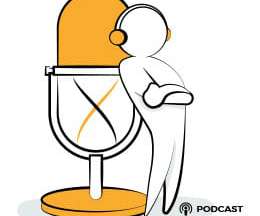Innovation Management in 2023: Culture & Talent
Innov8rs
JANUARY 16, 2023
You can have the best innovation strategy in the world, but you won't get far without a supportive culture across the organization and the right talent within your innovation teams. When it comes to creating or changing a culture of innovation, what works? How To Nurture An Innovation Culture?



















Let's personalize your content